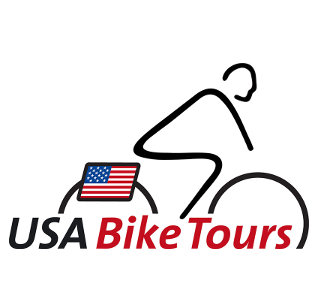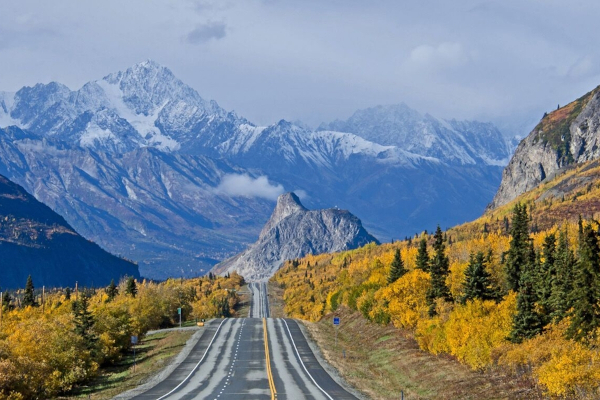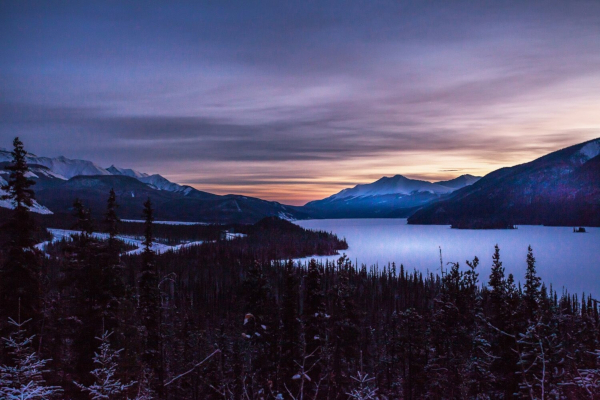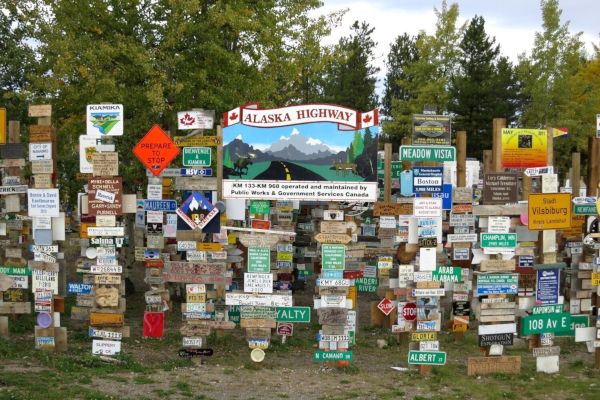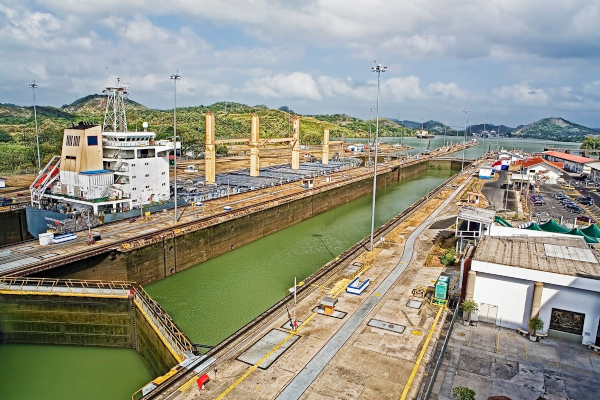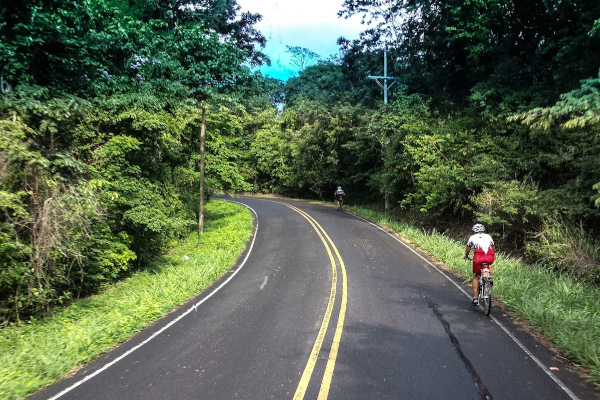North American Epic | section 2
Alaska Highway
Section 2 of our Epic Ride. This section starts in Whitehorse and follows close to 1400 km of the Alaska Highway. You will ride across the continental divide for the first time This North American Epic 2 ends in Fort St John.
Highlights
- Cycling the Alaska Highway
- Watson Lake Signpost
- Turquoise Muncho Lake
- Frontier city of Whitehorse
Details
| Type | Tour bike |
| Duration | 17 days |
| Level | Moderate |
| Support | Guided |
| Total distance | 833 mi / 1340 km |
| Group size | Min.10 max. 45 |
| Lodging | Camping, hotels |
| Bicycle | Bring your own |
| Month | July, August |
| Start | Whitehorse |
| Finish | Fort St. John |
| States or country | Canada, |
| Airport start | Erik Nielsen Whitehorse International Airport YXY |
| Airport finish | North Peace Regional Airport YXJ |
Starting from $ 3,550.00
*Please note the prices are subject to change depending availability *
